
Pond Water Activity
Study Aquatic Microorganisms
Ah, that age-old science activity from days past – studying pond water! Why does it seem that no one does this anymore?!
Studying aquatic microorganisms in pond water touches on lots of life science standards. And it’s also SUPER FUN!
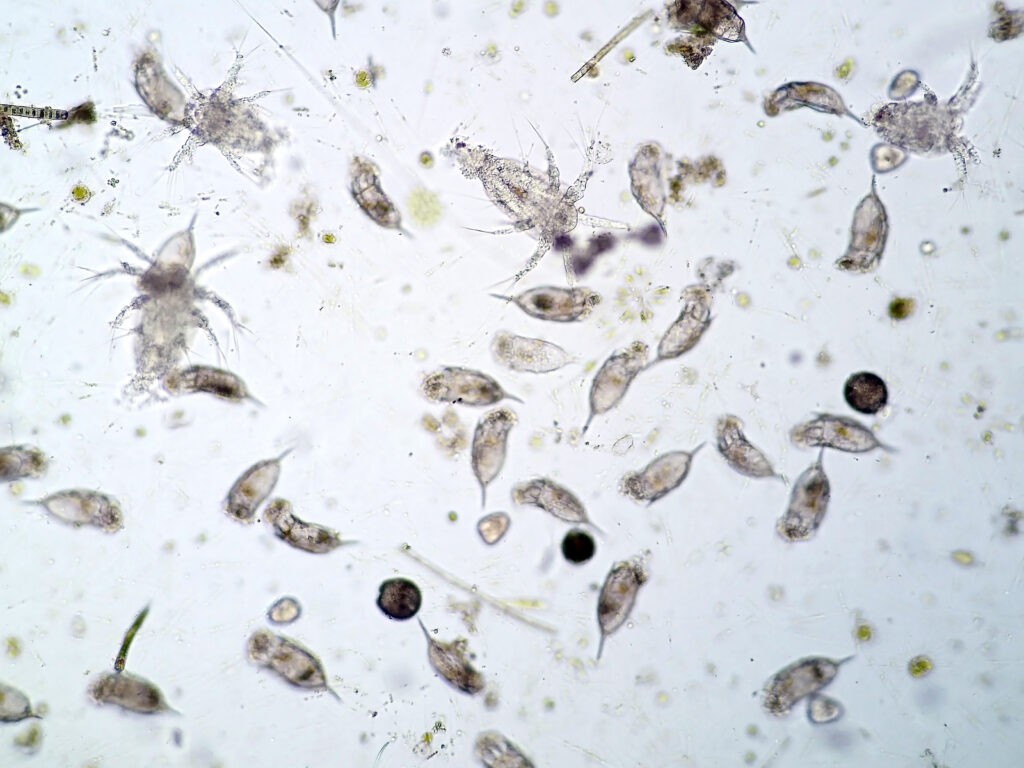
Even though it’s cool just to let kids look in microscopes and explore the water, it’s much more effective to have an organized activity that has students find and identify protists and microscopic animals in pond water. If you’re not familiar with the taxonomy of the organisms or if you have never done this lab before, it may seem overwhelming. I’ve got you. It’s all right here!
(Side note… Cringing at the thought of your students mixed with expensive microscopes, glass slides, and water with living stuff in it? You could also do this super cool Pond Dip WebQuest by Elevation Science!)
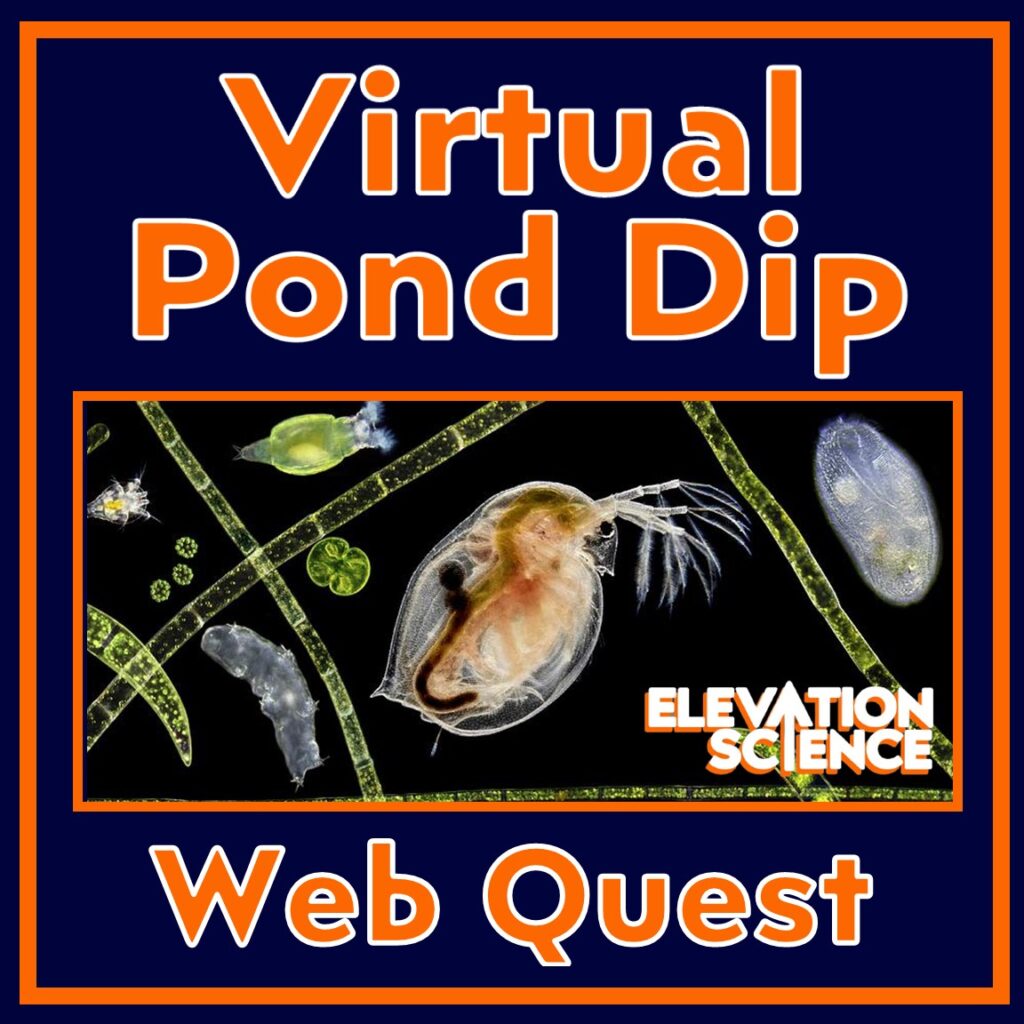
Why take the time for this lab?
Well, obviously it’s just SCIENCE-Y FUN waiting to happen.
But beyond that, there’s standards can be addressed in a pond dip lab:
- Modeling ecosystems and ecosystem interactions
- Abiotic and biotic factors
- Food chains
- Trophic levels
- Biodiversity
- Taxonomy (protists, animals, and plants will hopefully all be seen)
- Cells
- Single-celled organisms are microscopic, but have all of the characteristics of living things.
- Multi-celled organisms can still be microscopic, such as crustaceans and worms.
- Practice using dichotomous keys and technical language
The best part? The supplies are simple and usually found in the typical middle school or high school biology classroom. The only things you will need to gather otherwise are the microorganism-rich water and organism keys. (I’ll get to those in a second.)
Pond Water Activity Supply List:
- Microscopes (at least 100x magnification)
- Pipettes
- Concavity Slides (designed to hold a drop of water)
- Keys to aquatic microorganisms (print enough copies for each group):
- Protozoans and Small Animals – Click on each phylum for more drawings and information. I print the Ciliophora page and multicellular animals page for reference materials.
- Guide to Identification of Fresh Water Microorganisms
- Pond Life Identification Kit – If internet access is possible during the lab, this source has a lot of links that are useful.
- Pond Water – Life-rich water is not too hard to find in most places. Any relatively natural fresh water source will do, such as ponds, streams and lakes. Artificial ponds such as a Koi ponds work, too. Even well-established fish tanks have a micro-community within them! Bonus points if the pond water you collect has silt, and leaf/organic debris – that’s where a lot of the little critter like to hang out.
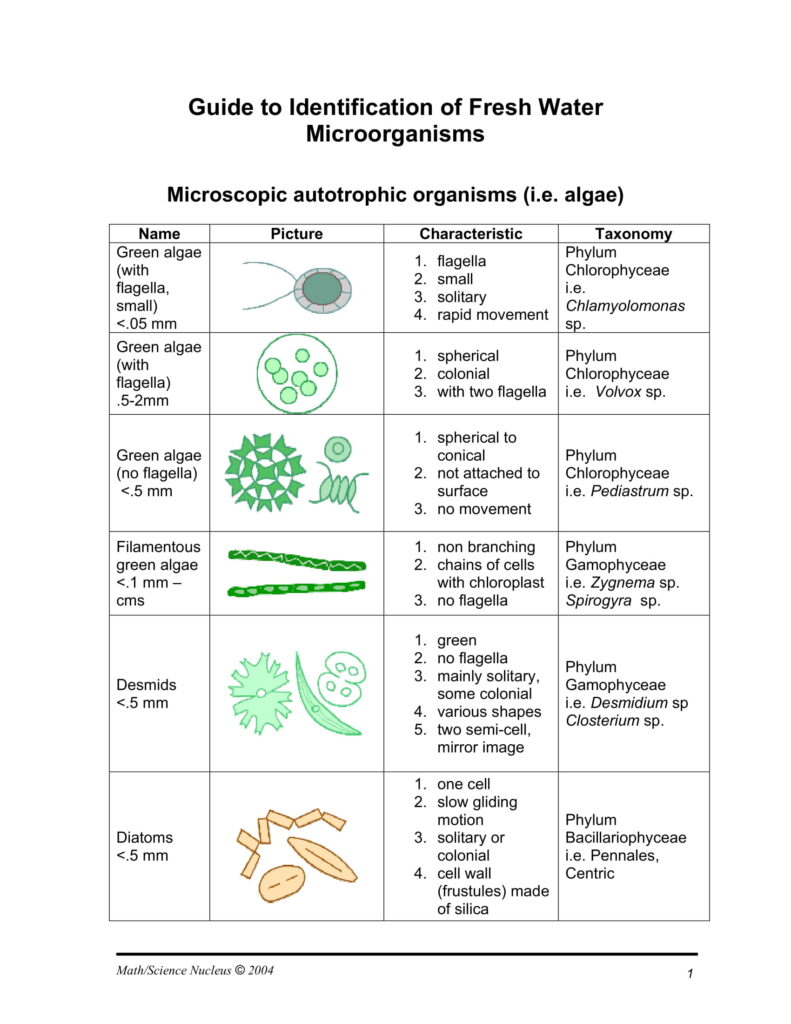

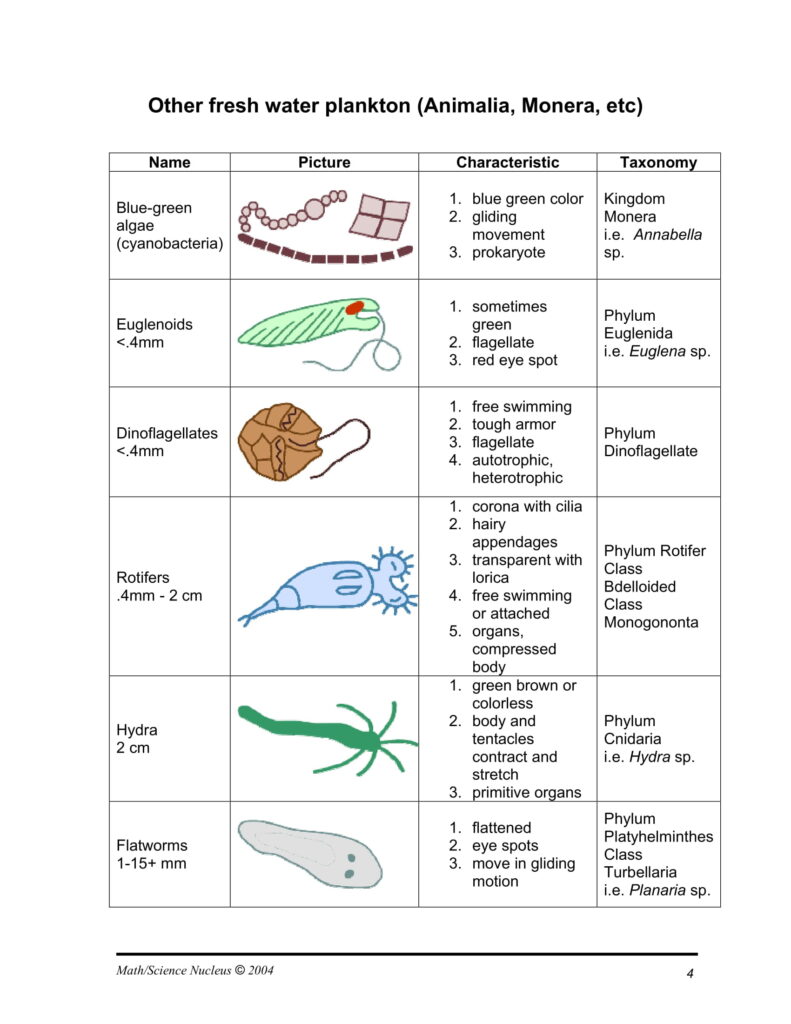
Warning: Do NOT add tap or bottled water to your pond water. Drinking water often has some chlorine in it, and it WILL kill your organisms!
Preparing Students for a Pond Water Activity
I have my students do this hands-on pond water activity after we have studied the basic characteristics of the kingdoms of life. In this lab, we can study the protist kingdom as well as microscopic animals. Since we always are lucky to see crustaceans, worms and rotifers (amazing little animals!), my students are able to observe the differences between the animals and the single-celled protists.
The key to success, I think, is that students should become a little familiar with the organisms before beginning.
First, I have students complete Elevation Science’s Pond Dip WebQuest to get them excited about what they are going to see. Sometimes I’ll also show some videos on actual pond water organisms to get the anticipation up. Some of these videos are a tad too long for my needs, but showing a bit of each gives kids a good glimpse at aquatic organisms.
- Flagella/cilia video
- Microscopic life video
- Pond life video (fast forward past the tadpole, about 3:18, to learn about protists)
- Daphnia video (microscopic crustacean)
- Rotifer video
Showing Students What To Do
First, students will need to know how to use the microscopes and slides. Model how to make the slide, use the slide to find organisms, and clean up the slide.
- Model making the slide. Show how the ONE drop of water goes into the depression within the slide. Show how to put a cover on the slide if you are using them.
- Model using the pipette. Take a sample from the “dirty” bottom of the container. Most organisms will be among debris, not in the more clear water.
- Model how to change the focus. The student will need to move the slide and change the focus a lot to find the organisms. The water drop is 3D so changing the focus is required to see through different levels of the drop.
Second, explain that if what they see is not green and/or not moving, it is not alive. Students naturally want every little thing they see to be an amoeba or hydra or leech! I give a clear direction – if it isn’t moving or green, then just keep on looking.
Third, model how to return the water drop to the container. Demonstrate that the drop should be poured into the container and then the slide should be gently tapped on the side of the plastic container to save as much of the water as possible. Afterward, dry the slide with a tissue before adding a new drop.
Last, verification. All identifications have to be verified by me. However, students must tell me what they think they are seeing before I will check the microscope. Otherwise, students will use me as their ID key rather than the actual keys!
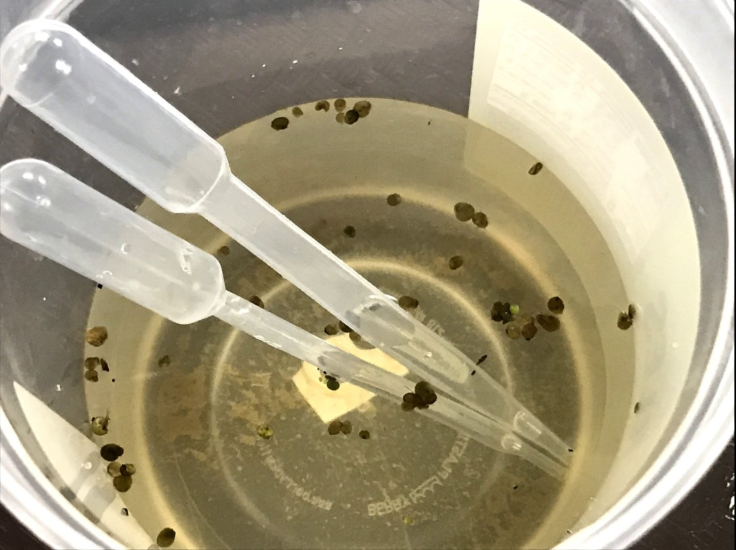
Assessment
This informal FREE Google Doc is what I have students fill out as they try to identify the organisms. Students must find 6 different organisms that meet the criteria. The 2nd page has the circles for their drawings.
I truly hope that if you’ve never attempted a pond water activity before, this post inspires you to try!
LET’S CONNECT!
If you like these book ideas, please follow me on Instagram where I offer science teacher tricks and tips! And you can follow me on Teachers Pay Teachers, too!
As an Amazon Associate I earn from qualifying purchases.
Share it:
- Read more about: Life Science



